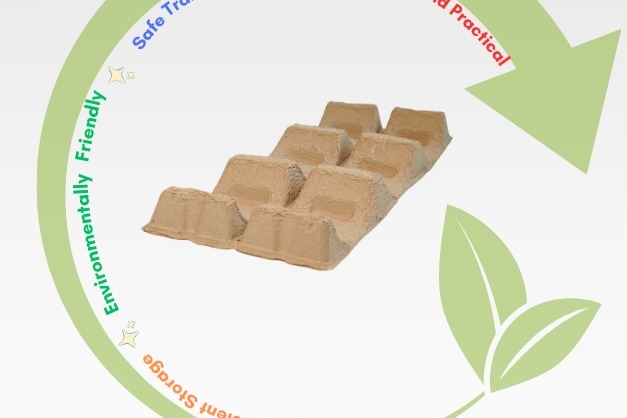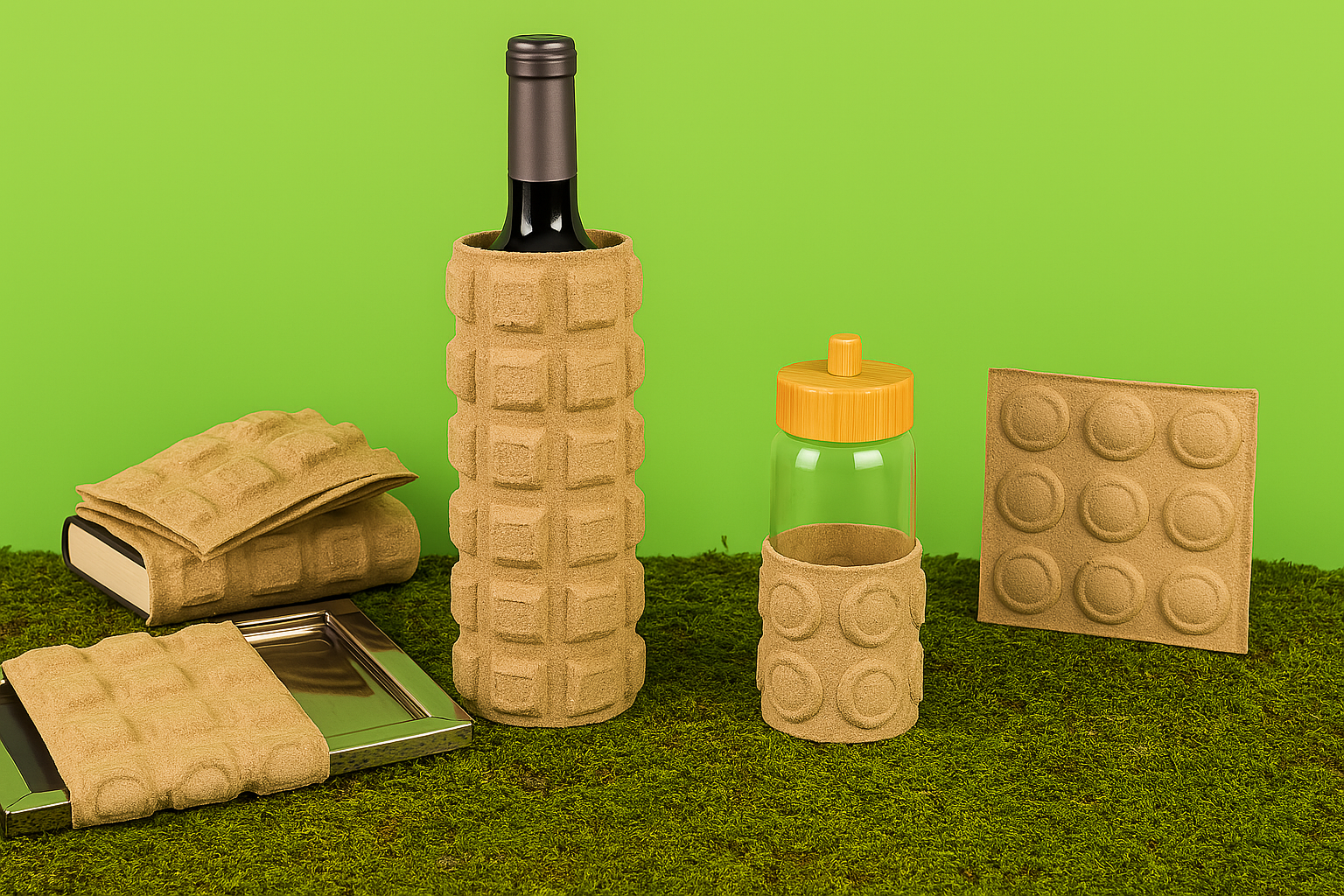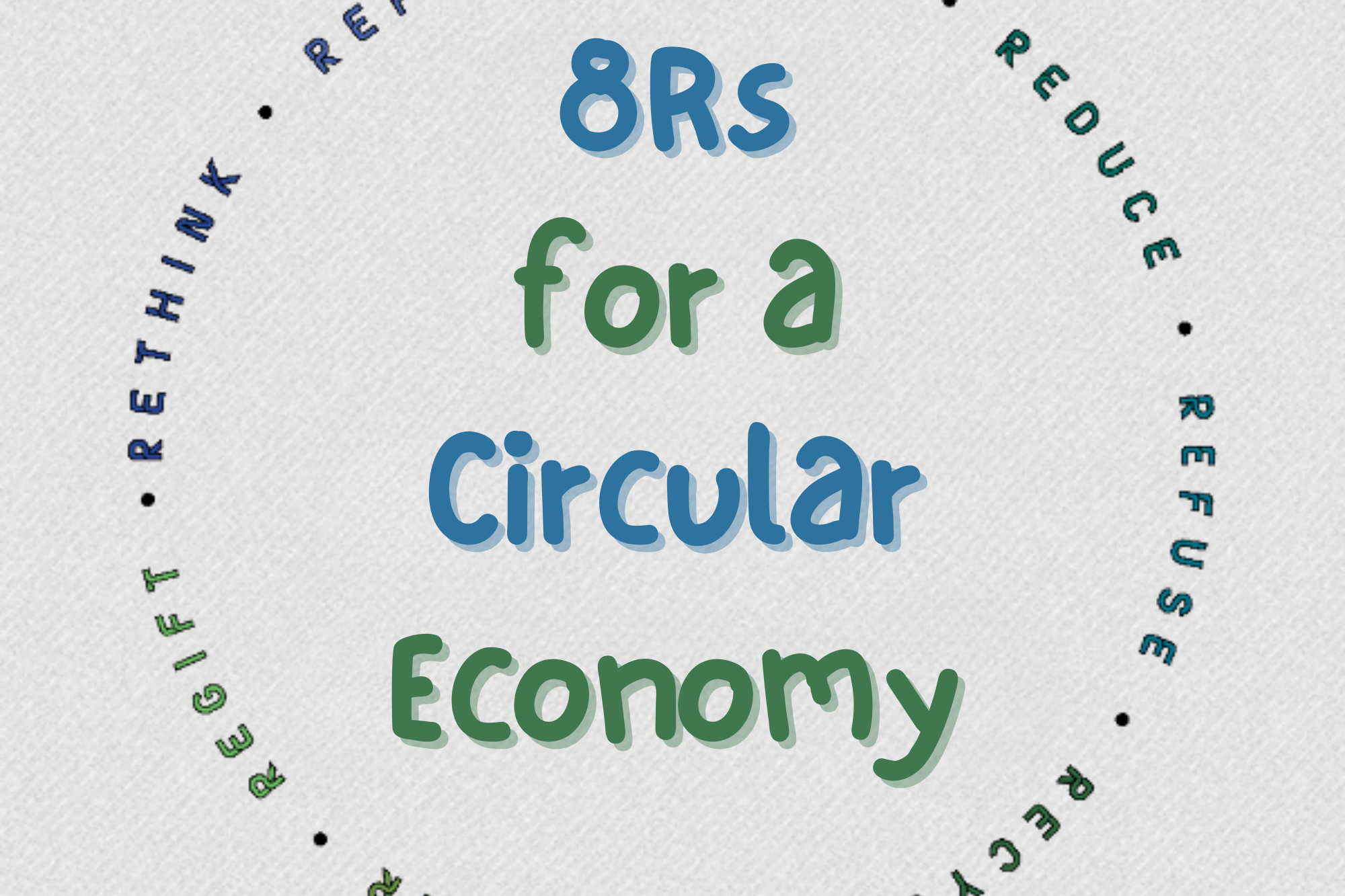In today’s rapidly changing world, the importance of biodiversity cannot be overstated. The variety of life on Earth, is essential for the stability and resilience of ecosystems. Unfortunately, recent trends indicate a significant decline in biodiversity, posing severe threats to both nature and humanity. This letter explores the concept of biodiversity, examines the alarming trends and key factors driving its decline, and highlights how innovative packaging solutions like molded fiber and molded pulp can play a role in mitigating these changes.
How Molded Fiber (Molded Pulp) Packaging Materials Impact Biodiversity
In the face of these challenges, sustainable practices and innovations are essential for conserving biodiversity. One such innovation is the use of molded fiber and molded pulp as packaging materials. Molded fiber, also known as molded pulp, is made from recycled paper and other natural fibers, making it an eco-friendly alternative to traditional plastic packaging. Here are several ways molded fiber packaging benefits biodiversity:
1. Reducing Plastic Pollution with Molded Fiber Packaging
Plastic pollution is one of the most pervasive threats to biodiversity, particularly in marine environments. Millions of tons of plastic waste end up in oceans each year, harming marine life through ingestion, entanglement, and habitat disruption. By adopting molded fiber packaging, companies can significantly reduce their plastic footprint, helping to protect marine ecosystems and the species that inhabit them.
2. Sustainable Resource Use
Molded fiber is made from 100% recycled paper, reducing the need for virgin materials and promoting the circular economy. This sustainable use of resources helps conserve forests and other natural habitats, which are vital for maintaining biodiversity. Forests, in particular, provide critical habitats for countless species and play a key role in regulating the Earth’s climate.
3. Lower Carbon Footprint
The production of molded fiber packaging typically generates lower greenhouse gas emissions compared to plastic production. This reduced carbon footprint helps mitigate climate change, which is a major driver of biodiversity loss. By choosing molded fiber, companies can contribute to global efforts to reduce emissions and protect vulnerable species from the impacts of climate change.
The Importance of Biodiversity in Molded Fiber Packaging
Biodiversity encompasses the variety of all life forms on Earth, including different plants, animals, microorganisms, the genetic information they contain, and the ecosystems they form. It is crucial for ecosystem productivity and balance, providing services such as pollination, nutrient cycling, climate regulation, and disease control. A high level of biodiversity increases resilience to environmental changes and disturbances, ensuring ecosystems can recover from natural disasters and human activities.
Trend Changes in Biodiversity and Negative Impacts on Animals
In recent decades, biodiversity has been declining at an alarming rate. This trend is evident across various ecosystems, from forests and oceans to grasslands and wetlands. The decline in biodiversity has profound negative impacts on animals, leading to habitat loss, population declines, and even species extinctions. The International Union for Conservation of Nature (IUCN) Red List reports that over 28,000 species are currently threatened with extinction, highlighting the urgent need for conservation efforts.
One of the most significant impacts of declining biodiversity is the loss of habitat. Deforestation, urbanization, and agricultural expansion have led to the fragmentation and destruction of natural habitats, making it difficult for many species to survive and reproduce. For example, the clearing of tropical rainforests for palm oil plantations has decimated populations of orangutans, tigers, and rhinoceroses.
Another critical factor is climate change, which alters habitats and disrupts the delicate balance of ecosystems. Rising temperatures, changing precipitation patterns, and extreme weather events force animals to migrate, adapt, or face extinction. Polar bears, for instance, are struggling to find food as melting ice reduces their hunting grounds, while coral reefs are bleaching and dying due to warming oceans.
The Biggest Factors Driving Biodiversity Change in Molded Fiber Packaging
Several factors have contributed to the decline in biodiversity, but three stand out as the most significant:
1. Habitat Destruction and Fragmentation
Human activities such as deforestation, mining, and urban development have led to the widespread destruction and fragmentation of natural habitats. This process not only reduces the amount of available habitat for wildlife but also isolates populations, making it difficult for them to find mates and resources. The Amazon rainforest, often referred to as the “lungs of the Earth,” has seen significant deforestation, leading to the loss of countless species and ecosystems.
2. Climate Change
The rapid changes in climate due to human activities are altering habitats and ecosystems at an unprecedented rate. Species that cannot adapt or migrate quickly enough are at risk of extinction. For example, the warming of the Arctic is threatening polar bears, while ocean acidification caused by increased carbon dioxide levels is harming marine life, including coral reefs and shellfish.
3. Overexploitation of Resources
Overfishing, logging, and the illegal wildlife trade have led to the depletion of numerous species. Overfishing has drastically reduced fish populations in many parts of the world, disrupting marine food webs and threatening the livelihoods of millions of people who depend on fishing. The illegal trade in wildlife products, such as ivory and rhino horn, continues to drive species like elephants and rhinoceroses toward extinction.
Conclusion
Biodiversity is essential for the health and resilience of our planet, yet it is under threat from various human activities. Habitat destruction, climate change, and overexploitation are the primary drivers of biodiversity loss, leading to severe consequences for animals and ecosystems. However, sustainable practices and innovations, such as molded fiber and molded pulp packaging, offer hope for mitigating these impacts.
By adopting eco-friendly packaging solutions, we can reduce plastic pollution, promote sustainable resource use, and lower our carbon footprint. These actions are crucial for preserving biodiversity and ensuring a healthy, thriving planet for future generations. As individuals, businesses, and communities, we must prioritize biodiversity conservation in our efforts to build a more sustainable and equitable world.
Let us embrace the potential of molded fiber packaging as a step toward a brighter, more biodiverse future.



